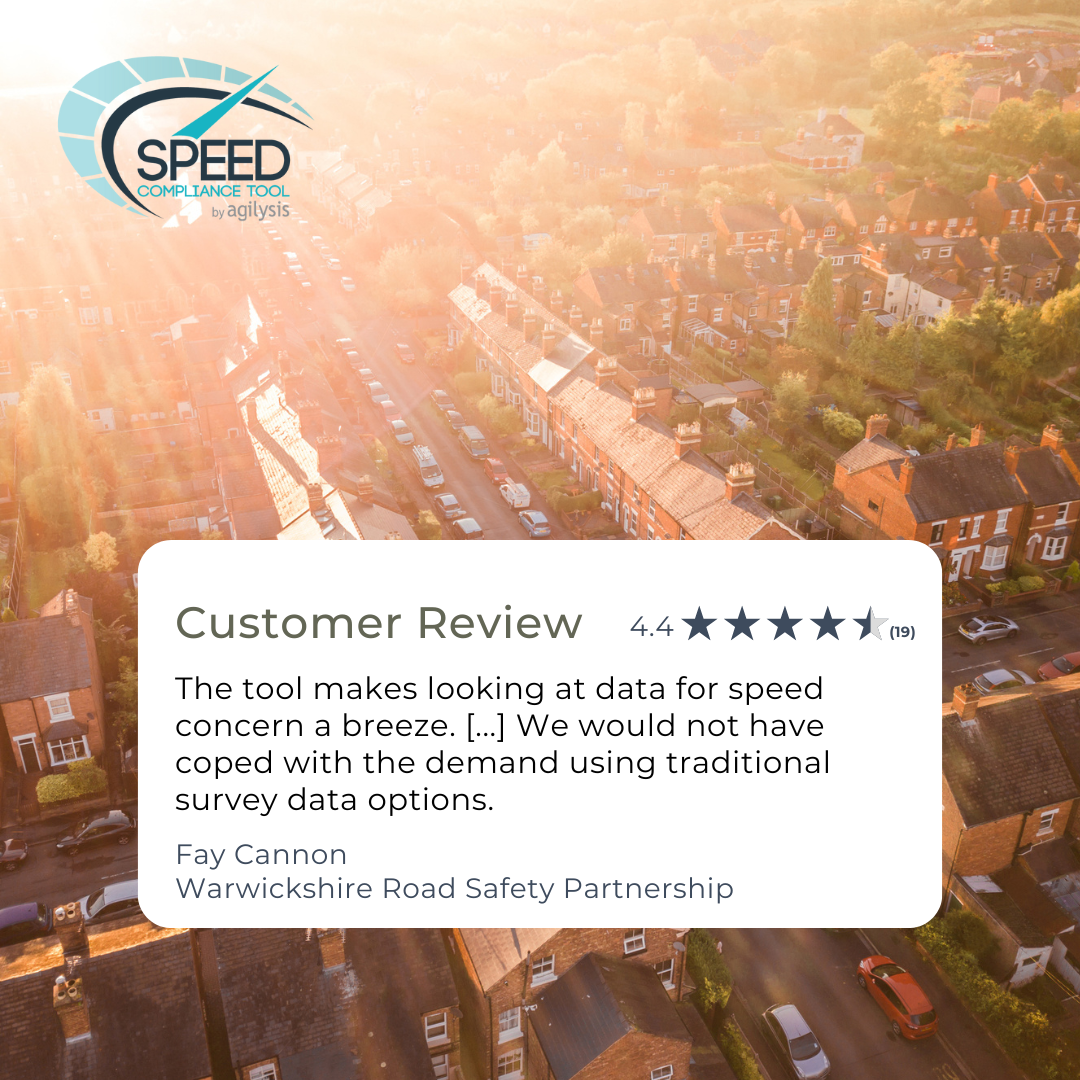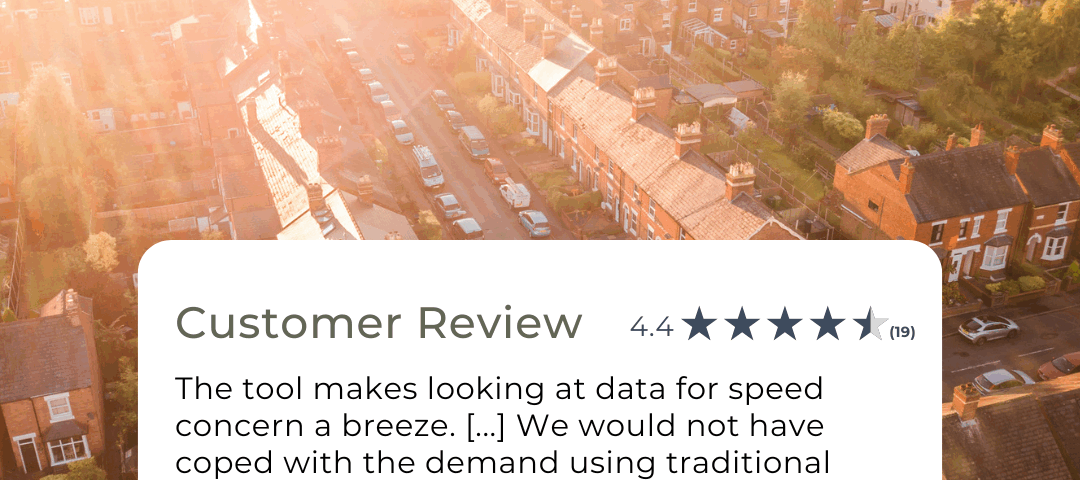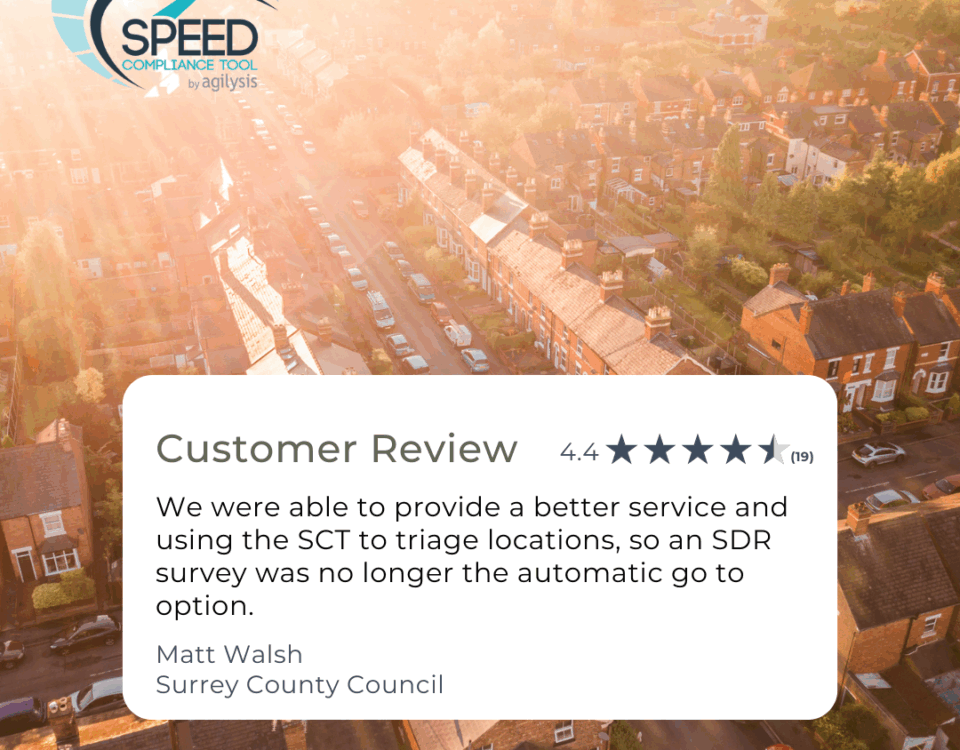Warwickshire Road Safety Partnership accelerates speed-concern responses with SCT
Customer success story

Why it’s worked for Warwickshire Road Safety Partnership
|
What WRSP needed |
How SCT delivered |
|
Easy access to data |
Browser-based dashboard, no analytical background needed |
|
County-wide average and 85th % speeds |
Instant metrics for every road segment |
|
Evidence for police enforcement |
Trusted data to take action on |
|
Ability to track long-term impact |
Built-in Safety Performance Indicator |
The Challenge: Slow, Costly and labour intensive
Warwickshire Road Safety Partnership required a method to quickly and easily analyse the data behind speed concerns when establishing a central reporting system for speed-related issues. The only way at the time was to commission speed surveys for a week, which was costly and time-consuming.
The Frustration: Gaps in data
Not having accurate average speed data for the county was the biggest barrier to launching their planned central reporting system. Warwickshire Road Safety Partnership was aware that launching the system would lead to an influx of concerns, so they knew they needed to have a robust plan in place to address these concerns.
The Solution: Speed Compliance Tool by Agilysis
The Speed Compliance Tool is easy-to-use, browser-based software for reviewing average speed and 85th percentile across an entire network. This means it can be used by officers and anyone who lacks a background in data analysis. Warwickshire Road Safety Partnership were especially keen that the safety performance indicator allowed them to measure the long-term effect of interventions on the overall compliance of their network.
The Results: No backlog
Having the 85th percentile data was a massive plus for Warwickshire Road Safety Partnership, and it meant the data could be shared with the police, and they had confidence that the location needed enforcement.
“The tool makes looking at data for speed concern a breeze. To date we had over 900 submissions through the central reporting system and we would not have cope with the demand using traditional survey data options.”
-Fay Cannon




